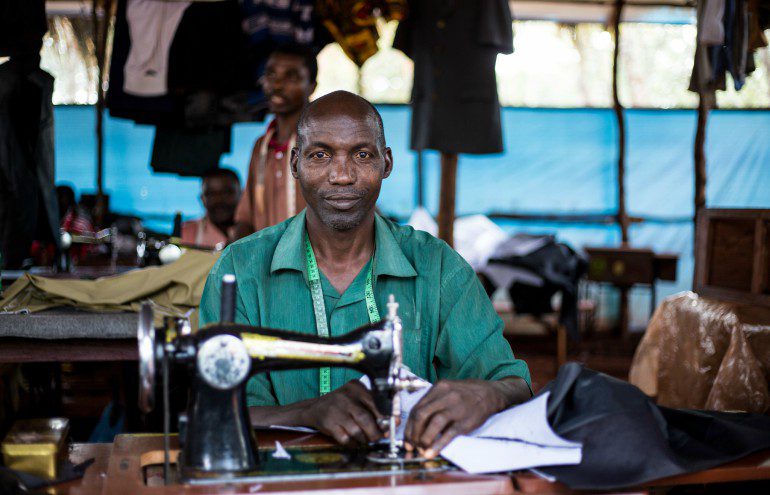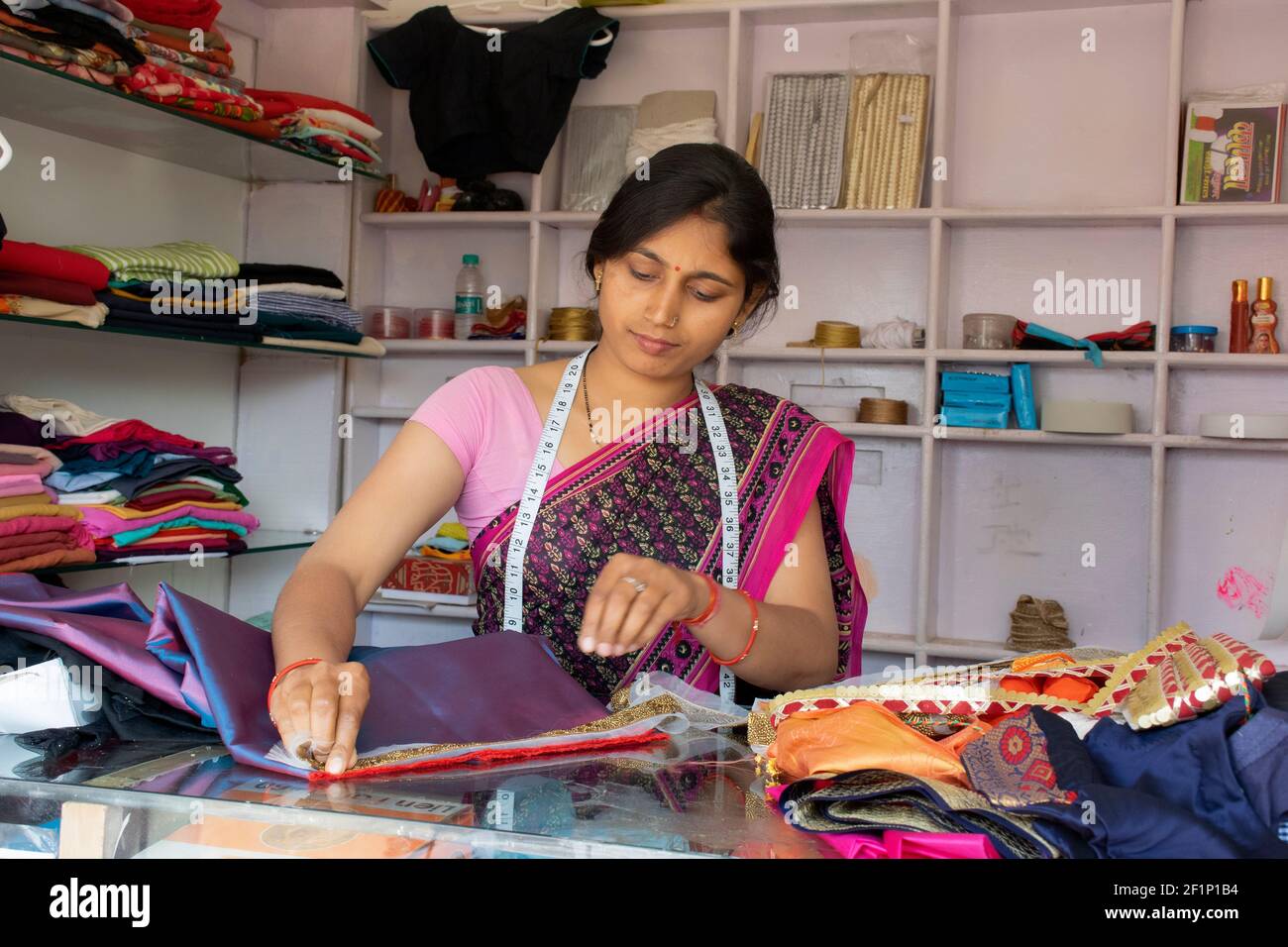Top Tailor Perth Services: Tailoring Solutions for Perfect Fits
Top Tailor Perth Services: Tailoring Solutions for Perfect Fits
Blog Article
Comprehending the Tailoring Refine: From Textile Option to Last Fitting for the Ideal Wardrobe
The customizing process is an intricate interplay of art and scientific research, beginning with the crucial choice of fabric option and culminating in the specific modifications of last fittings. Each fabric kind brings unique top qualities that influence not only the visual allure but additionally the garment's durability and suitability for numerous celebrations.
Significance of Material Option
Choosing the ideal material is vital in the tailoring process, as it directly affects the convenience, toughness, and overall aesthetic of the final garment (tailor perth). The option of textile establishes the structure for the garment's efficiency, functionality, and design. Various textiles have unique properties, such as weight, stretch, and breathability, which can considerably impact exactly how the garment drapes and fits the body
Additionally, material option impacts the garment's longevity and ease of care. Top quality fabrics can endure wear and tear, maintaining their look and framework gradually, while lower-quality products may lead to pilling or fading. Additionally, the appropriate textile adds to the garment's capability to shift across events and seasons, thus enhancing flexibility.
A tailored piece made from an appropriate textile not only showcases craftsmanship but additionally raises the wearer's self-confidence. Understanding the subtleties of material selection is extremely important for any kind of customizing endeavor. It makes certain that the final product not just fulfills the aesthetic needs of the client but also straightens with practical needs, consequently accomplishing an unified equilibrium in between form and feature in the tailored wardrobe.
Kinds Of Fabrics and Their Uses
Recognizing the different sorts of materials readily available is essential for making notified choices during the customizing procedure. Each material possesses unique features that dictate its viability for specific garments and events.
Cotton, known for its breathability and soft qualities, is suitable for casual wear and summertime apparel. Its flexibility allows it to be customized right into everything from tee shirts to outfits. Wool, on the other hand, is preferred for its heat and framework, making it an outstanding option for official fits and outerwear - tailor perth. Its all-natural flexibility aids garments keep shape gradually.
Silk exhibits high-end and is lightweight, making it excellent for eveningwear and delicate blouses; nevertheless, it needs cautious handling because of its delicacy. Bed linen, with its distinctive coating, is a popular choice for warm climates, giving a ventilated and crisp feeling, yet it wrinkles conveniently, which may influence the garment's look.
Artificial materials, such as polyester and nylon, offer longevity and resistance to wrinkles, making them suitable for everyday wear and active apparel. Understanding these fabric types and their properties permits for far better decision-making, making certain that each customized item not only fits well but also straightens with the desired function and celebration.
The Tailoring Strategies Clarified
The art of customizing depends on a variety of techniques that transform fabric right into well-fitted garments. Central to this procedure is pattern preparing, where a tailor produces templates based upon the customer's measurements and wanted style. This preliminary step makes sure that the garment will fit the user appropriately before any reducing happens.
Once patterns are developed, cutting techniques enter into play. Accuracy is critical as errors can lead to misfitting garments. Tailors usually use different cutting methods, such as single-layer reducing for complex layouts and multiple-layer cutting for effectiveness on basic patterns.
Basting is another vital method, permitting tailors to momentarily stitch textile assemble for a preliminary fitting. This approach provides the possibility to assess the drape and total silhouette prior to last stitching.
Seaming strategies, consisting of flat-felled seams and French joints, boost the garment's toughness and aesthetic allure. Tailors likewise use techniques such as interfacing and cushioning to provide framework and shape to particular locations, like collars and shoulders.
Finally, ending up strategies, including hemming and edge ending Continued up, ensure the garment's durability while supplying a refined appearance. With each other, these techniques form the backbone of efficient customizing, leading to charming, tailor-made garments.
Fitting Adjustments and Factors To Consider

Secret considerations include the shoulder fit, which ought to neither sag neither limit motion, and the sleeve length, which need to enable comfy arm movement while maintaining a sleek appearance. Additionally, changes at the waistline can fine-tune the shape, with choices to allow out or absorb material as needed.
The rise of trousers is an additional critical factor; it needs to sit comfortably over the hips without causing pain, permitting convenience of motion. Hemming lengths for both trousers and skirts should show the wearer's favored style while appreciating proportions.

Keeping Your Tailored Attire
Appropriate maintenance of customized garments is necessary to maintaining their fit and look over time. To ensure durability, routine cleaning is critical. Always follow the care label instructions, which might advise completely dry cleansing for fragile materials or maker published here washing for more resilient materials. Avoid click here for more frequent laundering, as this can put on down the textile and modify the garment's form.
Storage is equally vital; usage padded hangers for jackets and layers to keep shoulder framework, and store pants folded up neatly or hung to prevent creasing. Secure garments from direct sunlight, which can fade shades and damages fibers.
Furthermore, periodic inspections for small repair services can protect against larger issues. Examine for loose buttons, fraying joints, or signs of moth damage, resolving these issues promptly to keep the garment's honesty.
Finally, take into consideration seasonal turning. Putting on customized pieces in moderation enables textiles to recuperate, expanding their life expectancy. By carrying out these upkeep techniques, you can make sure that your tailored garments stay as pristine as the day you initially wore them, boosting your suitable wardrobe for many years ahead.
Final Thought
The customizing procedure, incorporating textile option, competent methods, and exact suitable modifications, plays a critical duty in developing garments that boost both convenience and design. Comprehending the value of maintenance prolongs the life of tailored garments, solidifying their worth in a well-curated closet.
Picking the ideal material is important in the tailoring process, as it directly affects the convenience, durability, and total visual of the last garment. The choice of fabric establishes the structure for the garment's functionality, efficiency, and style. Various fabrics have one-of-a-kind properties, such as weight, stretch, and breathability, which can dramatically impact how the garment drapes and fits the body.
The art of customizing relies on a selection of methods that change material into well-fitted garments.The customizing process, including fabric option, competent strategies, and exact fitting modifications, plays a crucial function in creating garments that improve both convenience and style.
Report this page